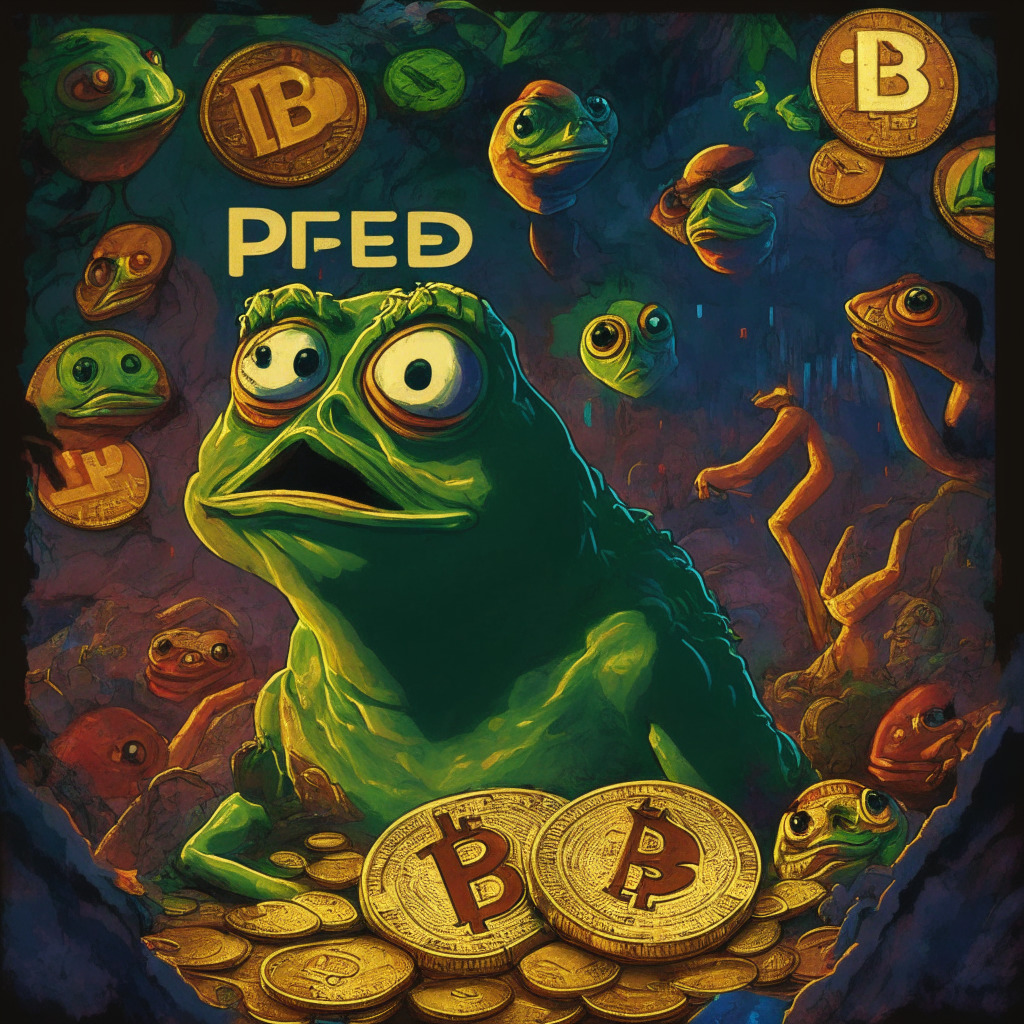Bitcoin Ordinals have inspired a new wave of innovation in the world of crypto, with the latest trend being Bitmap Theory. This groundbreaking concept aims to bridge the gap between Bitcoin and the metaverse, paving the way for greater interaction and engagement within the crypto community. Much like the Ordinal system, which allows users to permanently inscribe individual satoshis (the smallest unit of Bitcoin), Bitmap Theory enables ownership claims over Bitcoin blocks.
According to its pseudonymous creator, Bitoshi Blockamoto, this open-source standard has the potential to integrate any block into the metaverse. The idea is that platforms can parse this data into the 3D realm, allowing for the distribution of fractionalized transactions to others and ultimately enabling users to construct their unique creations on top of Bitcoin blocks. With this capability, we could see a vibrant, community-driven space flourishing within the metaverse.
Since its announcement on June 13th, Bitmap Theory has ignited enthusiasm within the Ordinal community, leading to a scramble for historic blocks such as those first mined by Binance or blocks containing Silk Road transactions.
Mark Shaw, known as 3ms.btc on Twitter, noted the rapid growth in Bitmap inscriptions, calling it “super low cost, super easy to do, and available to all.” According to iDclub, a domain service platform for Ordinals, it took only six days for .bitmap names to climb to number two on their list, accumulating over 190,000 inscriptions in just one week.
The enthusiasm for Bitmaps has even led some users to sell blocks for as much as 0.1 BTC. However, for those who find the Bitmap landscape challenging to navigate, Mark Shaw offers assistance through an in-depth Twitter thread. This helpful resource includes information on blocks worth inscribing, useful websites, potential use-cases, implications of the new theory, and more.
While the excitement surrounding Bitmap Theory is palpable, questions about the long-term impact and viability of this concept remain. Some may argue that this newly emerging trend could face potential obstacles in integrating seamlessly with the existing blockchain infrastructure, or it may end up fragmenting the user base. Additionally, concerns around the security and privacy of these inscribed blocks may arise as more users become involved in the space.
Nonetheless, Bitmap Theory presents an intriguing way for crypto enthusiasts to engage with the metaverse. As with any emerging technology, both the potential benefits and challenges must be carefully considered. However, one thing is clear – this innovation has already captured the imagination of the crypto community and could signal a significant step in the evolution of the digital landscape.
Source: Decrypt




